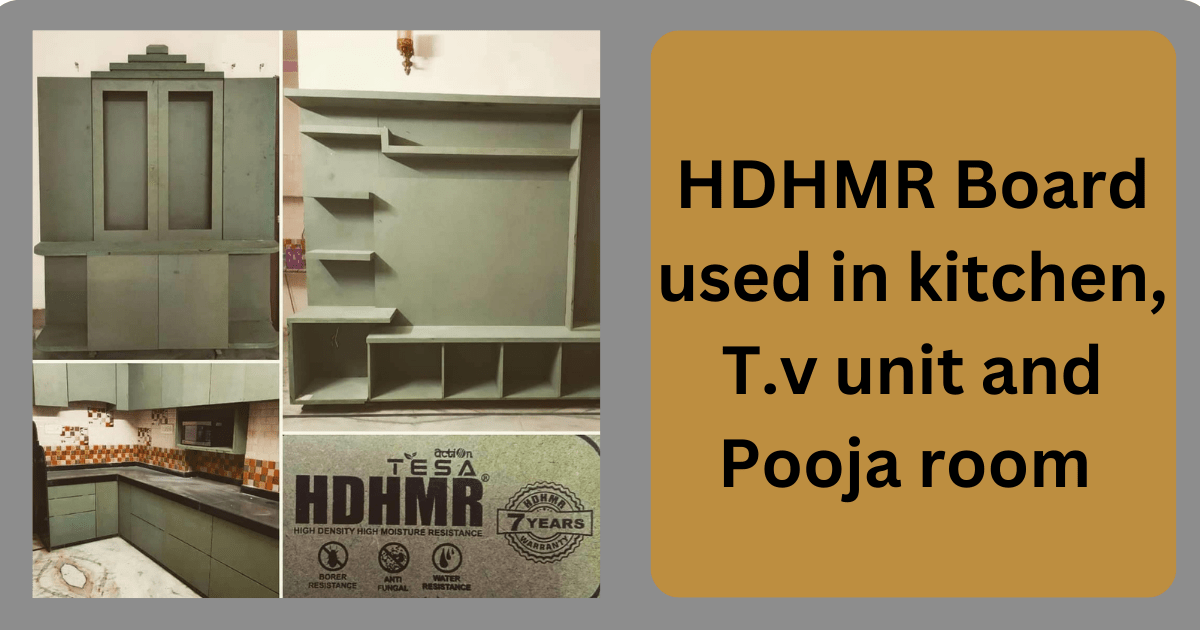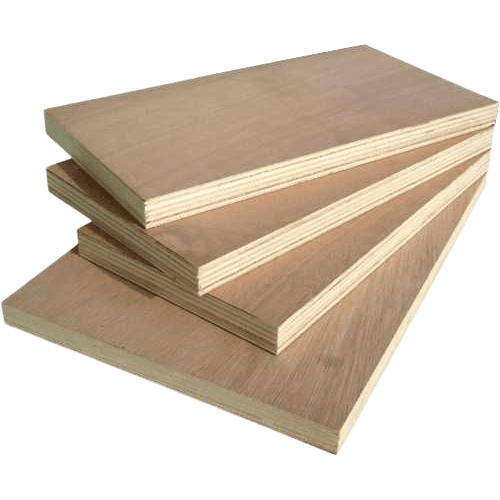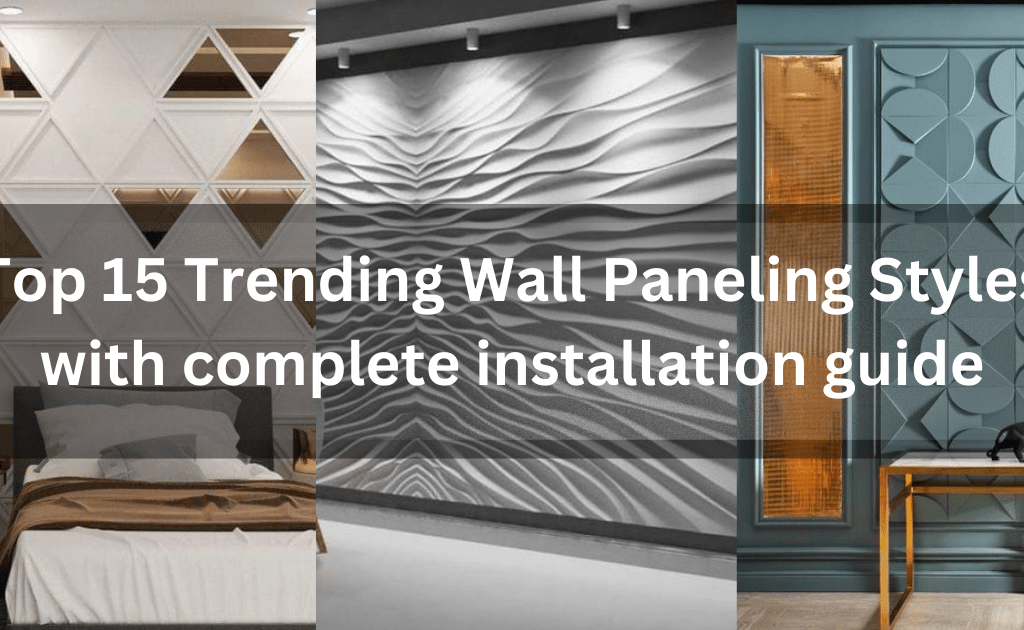
If you’re a home owner and stuck in the confusion of deciding between HDHMR board vs plywood to use within your space, which material to select for making furniture for your home or office, like which board is stronger and evergreen, water proof, and termite proof.
Although in earlier times only wood and plyboard were the only options on the market, nowadays HDHMR board has attracted many people, and it creates confusion in their minds as to what is better to use in furniture. Will be HDHMR board or plywood.
I believe that after reading this article completely, you will get the answers to all the questions in your mind and make a better decision about whether that might be HDHMR board or plywood. Let’s dive in!
First of all, it is important to understand both boards one by one.
What is HDHMR Board?
So first of all let us know what exactly is HDHMR Board?
This is an engineered wood product that is used in many places like kitchens, wall paneling and all such things in which we generally use wooden boards.

To make HDHMR board, wood fibers, adhesive resins and wax are compressed under high pressure and heat. This process produces a thick and moisture resistant board and we mostly use these boards in places where high humidity and wetness are a big problem.
Action Tesa was the first to introduce HDHMR, and it was an instant success in the market.
What is Plywood?
Plywood is commonly used in construction and furniture making to make such things and even Plywood is also a type of engineered wood.
It is made by joining thin sheets of wood veneer together with the help of adhesive. The plywood made through this process is very stable and strong.

HDHMR Board vs Plywood: Advantages and Disadvantages
HDHMR Board Advantages (High-Density High Moisture Resistance)
- Moisture Resistance: HDHMR board is famous for its superior moisture resistance. it is a fantastic solution for those areas which has high humidity or direct water contact such as kitchens and bathrooms. When wet it resists swelling, warping, and degradation, unlike plywood.
- Smooth Surface: Smooth and Flat surface of makes it ideal for applications which are demanding a polished appearance such as cabinets and furniture. For a sophisticated appearance, the surface requires minimum extra treatment.
- Durability: The durability and toughness of these boards are well known. When compared to other varieties of plywood, HDHMR Board can endure physical stress and is less likely to dent or split and this quality makes it a good choice for places that face a lot of wear and tear.
- Environmental Considerations: Because of its use of recycled wood fibers and lower chemical consumption in manufacture, HDHMR boards are frequently seen as environmental friendly. This may be compatible with some projects’ sustainability objectives.
HDHMR Board Disadvantages:
- Cost: HDHMR board is more expensive than standard MDF (Medium Density Fiberboard) or particle board which may be an issue in projects with limited budgets.
- Limited Availability: HDHMR board may not be commonly available as plywood in all regions.
- Weight: Because HDHMR board is heavier than other engineered wood products, it is more difficult to handle and transport in situations where weight is a problem.
- Strength: These Boards are available in a many grades and strengths so it is difficult to choose the correct grade to guarantee that it meets our structural standards.
Plywood Advantages:
- Versatility: Plywood has no rival when it comes to ability to adapt. It’s used in everything from structural aspects like sheathing and subflooring to gorgeous woodworking, cabinets, and furniture. Its adaptability is a significant advantage.
- Strength: Plywood is well-known for its high strength-to-weight ratio. It is capable of supporting heavy loads and make it an excellent choice for structural and load-bearing purposes. It offers stability and support in a variety of construction requirements.
- Customization: The layered nature of plywood allows for clarify and creative designs. Plywood is generally used by woodworkers for its simplicity of customization and capacity to carry out difficult tasks. Because of its inherent strength, elaborate designs retain their structural integrity.
- Cost Variability: Plywood is available in a variety of types and grades to meet a range of budgets and project-specific needs. Whether you want to save money or have the best performance, there’s are many options to match your needs
Plywood Disadvantages
- Moisture Sensitivity: Some varieties of plywood are moisture sensitive, and when exposed to continuous water contact, they may distort or delaminate. Marine-grade plywood is an a single exception, as it is very resistant to moisture.
- Surface Texture: Plywood may have a more rough surface than HDHMR board, requiring further finishing for a smooth look.
- Cost Variability: Because plywood comes in a variety of forms and grades, the price might vary significantly. Some grades of HDHMR board might be cheaper than high-quality plywood.
While both HDHMR board and plywood offer benefits and drawbacks but HDHMR board may have significantly more drawbacks especially in terms of cost, limited availability, and weight. However, the decision between the two should be set mostly by the specific needs of your project, such as moisture resistance, strength, and budgetary constraints.
Termite and Seepage Resistance of HDHMR Board vs. Plywood:
When comparing HDHMR (High-Density High Moisture Resistance) board to plywood in terms of termite and seepage (water infiltration) resistance, it is necessary to look into the following characteristics:
Termite Resistance:
- HDHMR Board: HDHMR boards are not naturally termite-resistant. They are made of wood fibers, which might be at risk of termite damage if not properly protected. Additional treatments or coatings are frequently required to make HDHMR boards termite-resistant.
- Plywood: Because it is made out of wood veneer layers plywood is not inherently termite resistant. However, some producers make termite proof plywood by chemically treating the wood or utilizing specialized wood species that are naturally resistant to termites. . Because of its treatment, marine-grade plywood, for example, is more termite-resistant.
Seepage Resistance:
- HDHMR Board: Due to its high moisture resistance, HDHMR board is resistant to water contact and seepage. It can resist high humidity and moisture levels without warping or degrading. This characteristic is useful in wet or damp conditions.
- Plywood: Resistance to seepage of plywood varies depending on its type and grade. While some varieties of plywood, such as marine-grade plywood, are very resistant to water and seepage due to particular treatments and adhesive, others may be vulnerable to water damage if not sufficiently secured or sealed.
HDHMR board price and Plywood Price
Consider your budget while you, the end user, analyze the options for home improvement or furnishing plans. Here’s a look at the price ranges for HDHMR boards and plywood in India:
HDHMR Board Prices
In India, HDHMR board costs generally vary from ₹75 to ₹150 per square foot. This price difference is determined by factors such as board thickness and brand. This affordability appeals to you, especially if you want to manage your money carefully while still reaching the necessary quality and beauty in your home.
Plywood Prices
Plywood prices in India range from ₹100 to ₹250 per square foot. Similar to HDHMR boards, the price is determined by criteria such as the grade, thickness, and brand of the plywood. While plywood is a bit more expensive than HDHMR boards, it guarantees durability, strength, and adaptability for a variety of applications.
Conclusion – HDHMR Board vs Plywood: Which Is Better?
In conclusion, due to its moisture-resistant qualities, HDHMR board is typically superior at preventing water penetration and seepage. However, neither HDHMR board nor plywood is naturally termite-resistant, and additional measures, such as treatments or selecting termite-resistant plywood, may be required in both circumstances to safeguard against termite infestations. Finally, the decision between HDHMR board and plywood should take into consideration the unique needs of your project, such as moisture resistance, termite resistance, and other criteria such as cost and availability.
I hope that you have found answers to all your questions in this post, Please let me know by commenting how you liked the information given in it.
If you want our kitchen and wardrobes to work by using HDHMR Boards or plywood, you can definitely click on this Link
Is HDMR ply better than MDF?
For longevity, moisture resistance, and structural strength, HDMR ply is better than MDF. The choice depending on project needs and budget.
Which brand is best for HDHMR?
Action Tesa is indeed a well-known and reputable brand for HDHMR (High-Density High Moisture Resistance) products in India. However, I recommend checking for the most up-to-date information and customer reviews, as brand perceptions and product quality can change over time.
Which board is best for modular kitchen?
when we talk about the best boards for the modular kitchen s then plywood is generally considered the best choice due to its durability, strength, and moisture resistance. HDHMR (High-Density High Moisture Resistance) can also be suitable and especially for those areas which are prone to moisture. MDF (Medium Density Fiberboard) is less ideal as it’s more susceptible to water damage

